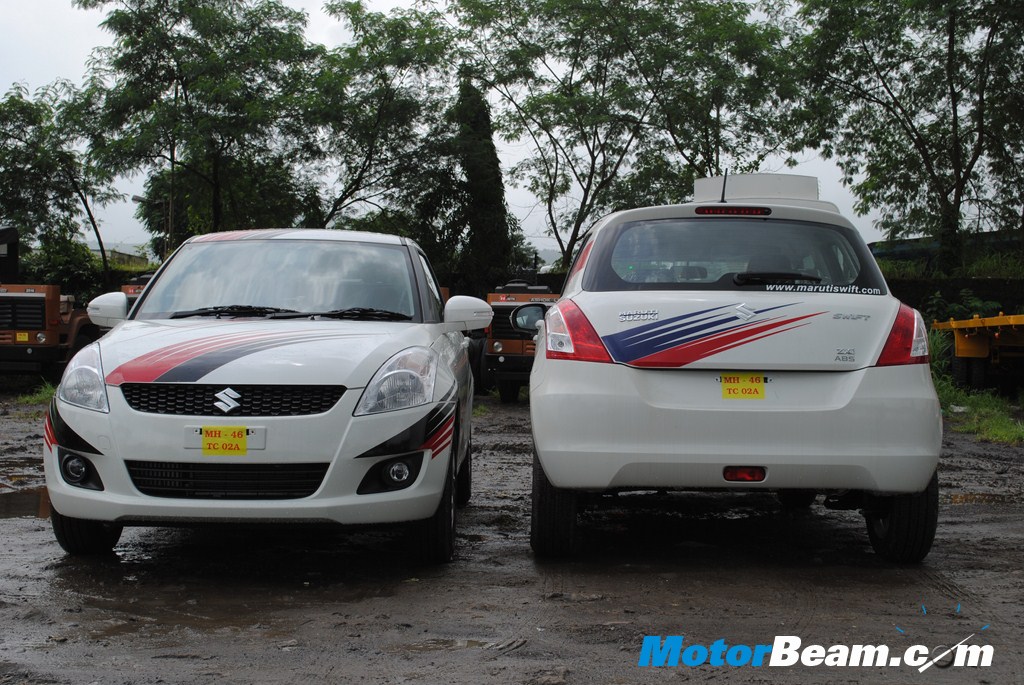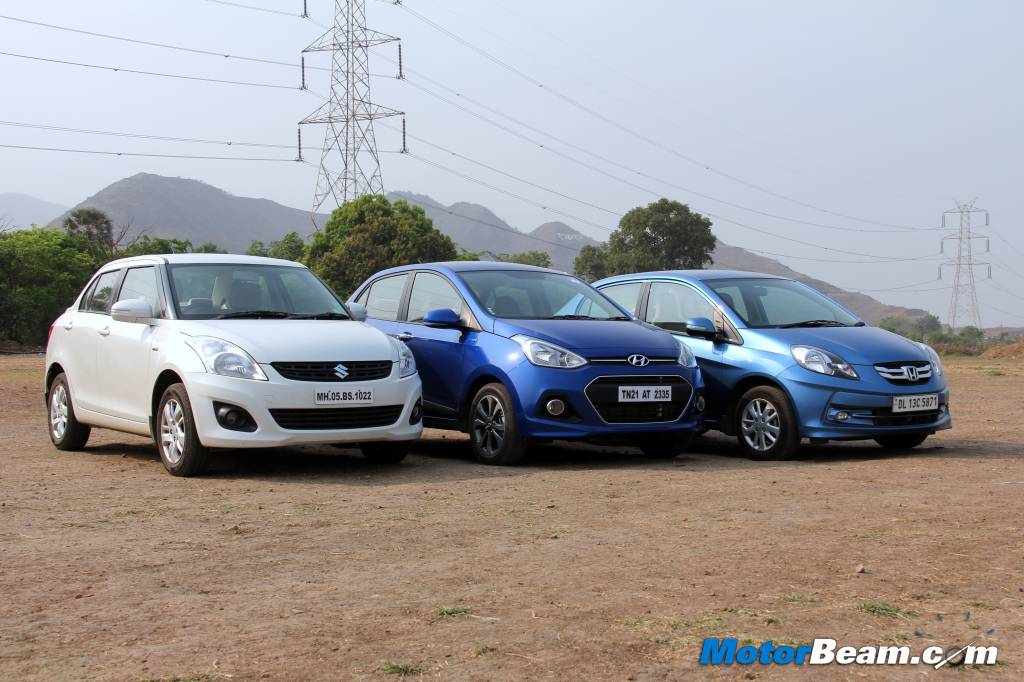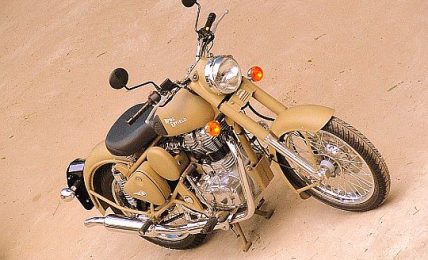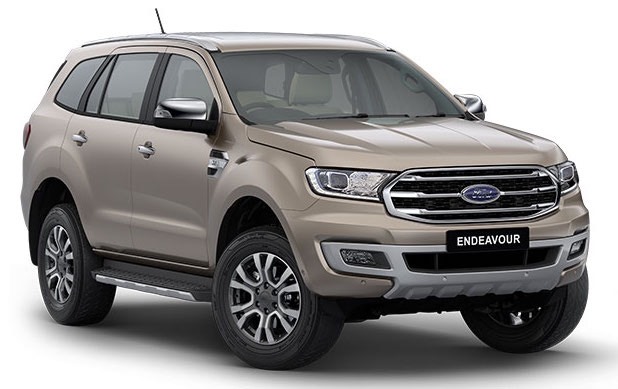Demand for petrol cars has been growing for a while now as 58% of cars sold in the year 2013-14 were powered by gasoline engines. The fuel price gap between diesel and petrol is narrowing rapidly and buyers are not ready to pay the extra Rs. 1-1.5 lakh for diesel powered cars because of this narrowing gap of fuel prices. As we all know, diesel is marginally more expensive to maintain and petrol cars do not come close to the service bills of diesel cars.
Diesel car sales have gone down the hill by 14% when compared to YoY figures. Petrol cars are back again in the market on popular demand despite the entire car industry having slowed down by 5%. It is bad news for manufacturers who have invested heavily in diesel engine plants and increased their diesel engine manufacturing capacity. Some manufacturers (like Toyota) being conservative were holding the decision as they knew this day was not far away. We think it is the right time petrol cars become more efficient and powerful, and manufacturers having turbocharged petrol engines globally should bring them to India and cash in on them.
The price gap between diesel and petrol was Rs. 24/- in January 2013 and now the gap has narrowed down to a mere Rs. 15/- here in Mumbai. The gap is set to get even more narrowed as the new government will surely cut subsidies to improve the economy. The fall in diesel consumption, which accounts for over 40% of the total fuel sales, is expected to reduce fuel subsidy significantly and is going to set back a huge amount of money to oil companies. Larger car manufacturers such as Hyundai and Maruti Suzuki have confirmed this fact by saying that their popular models such as entry level sub 4-metre sedans are being sold more in petrol than in diesel guise.






